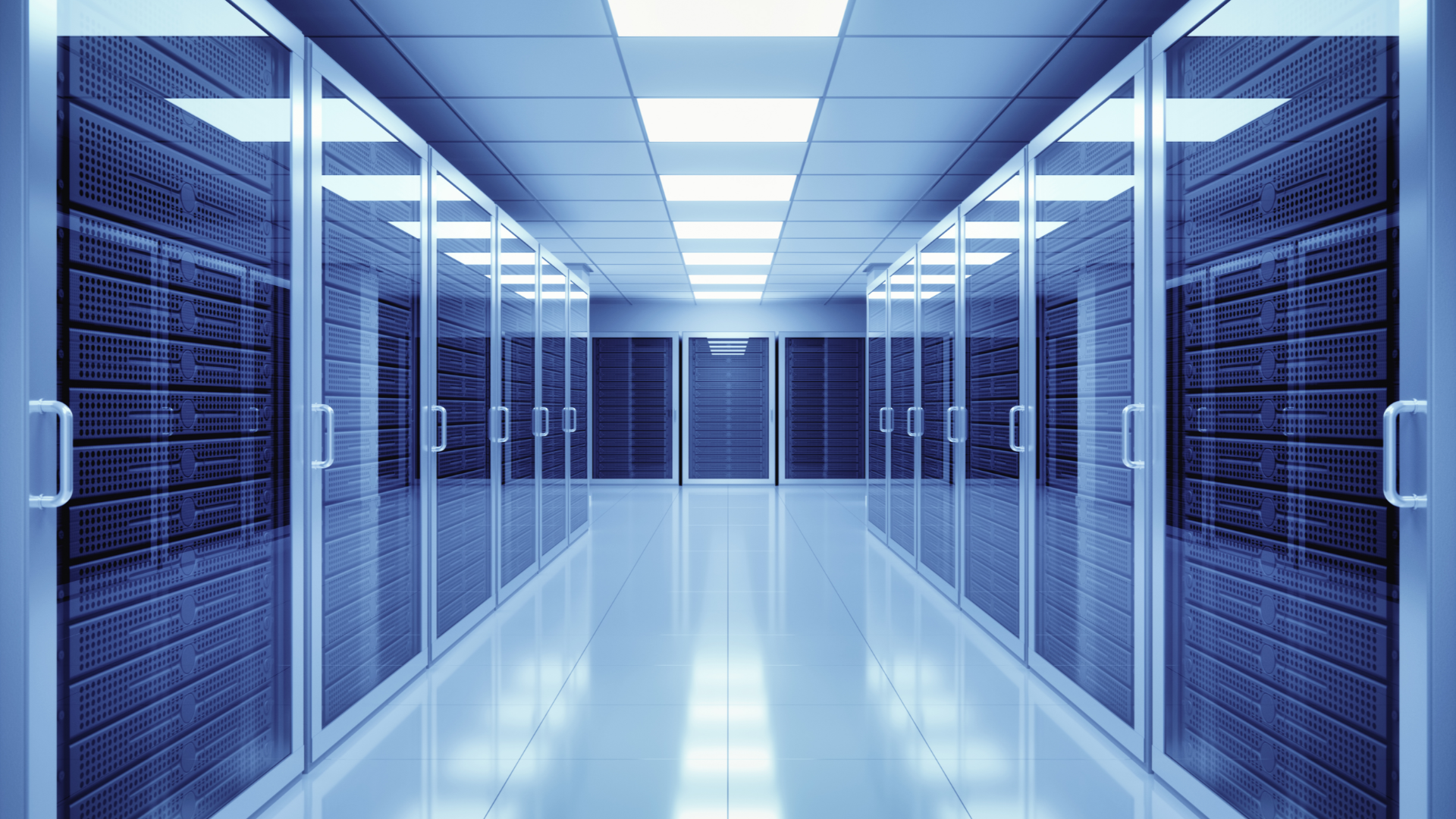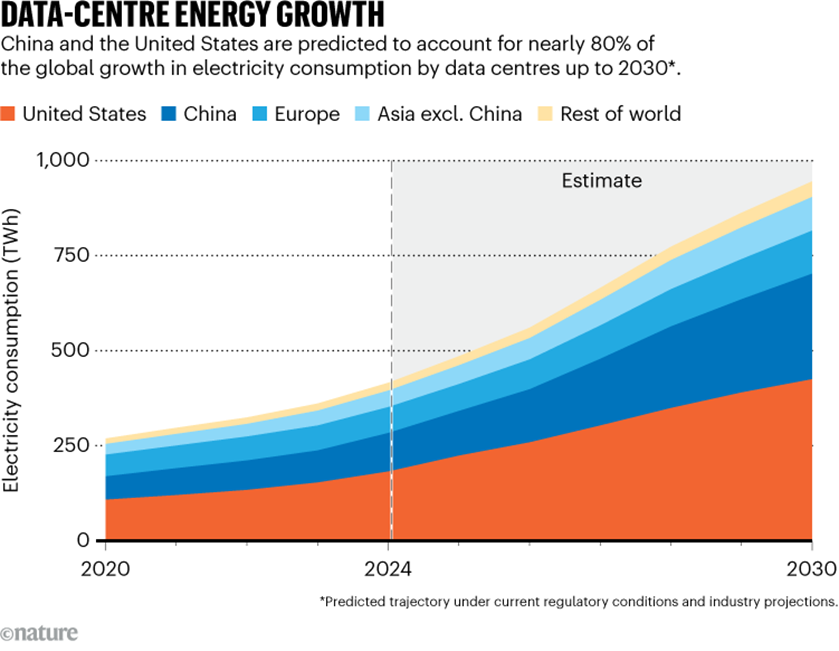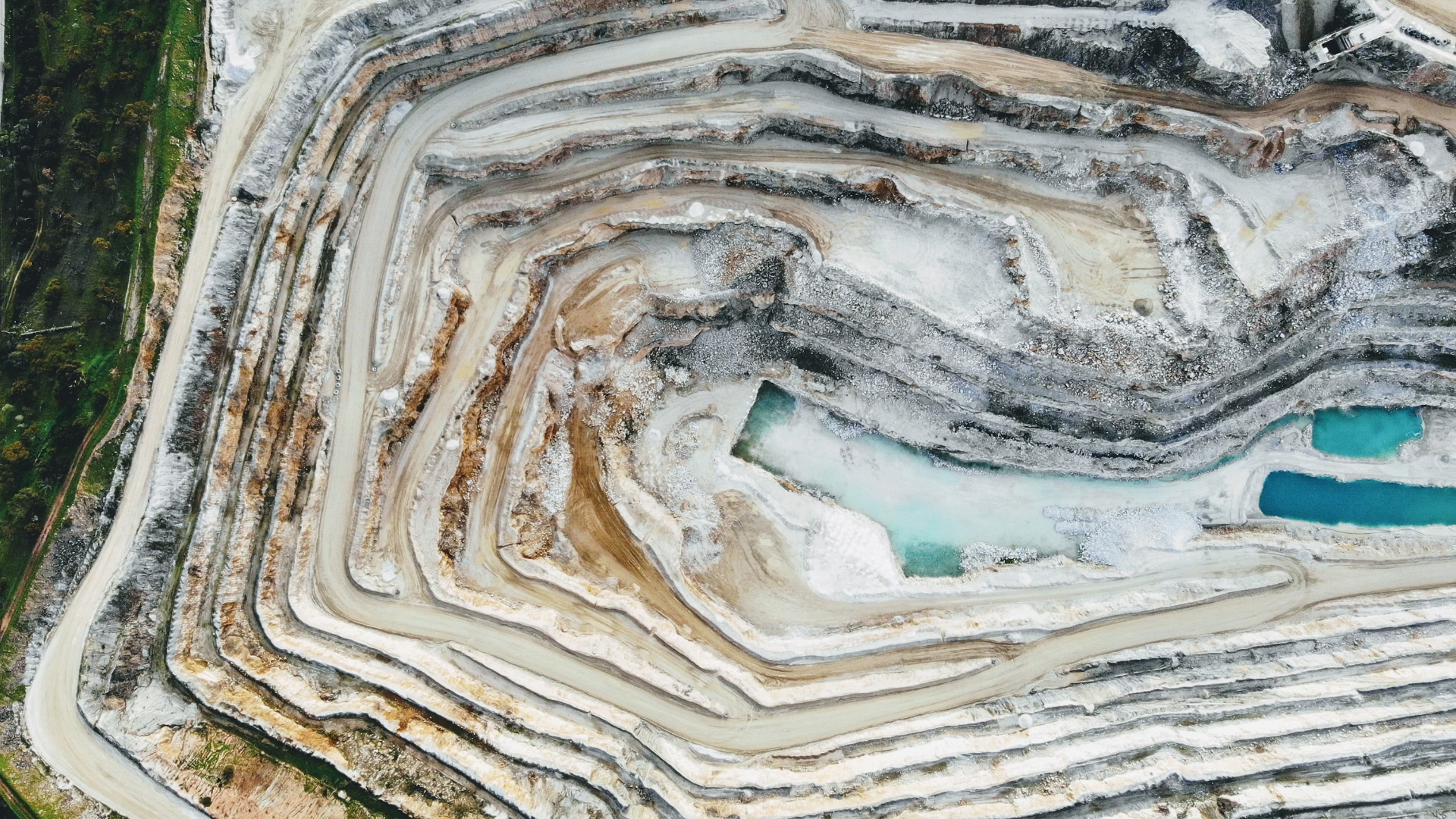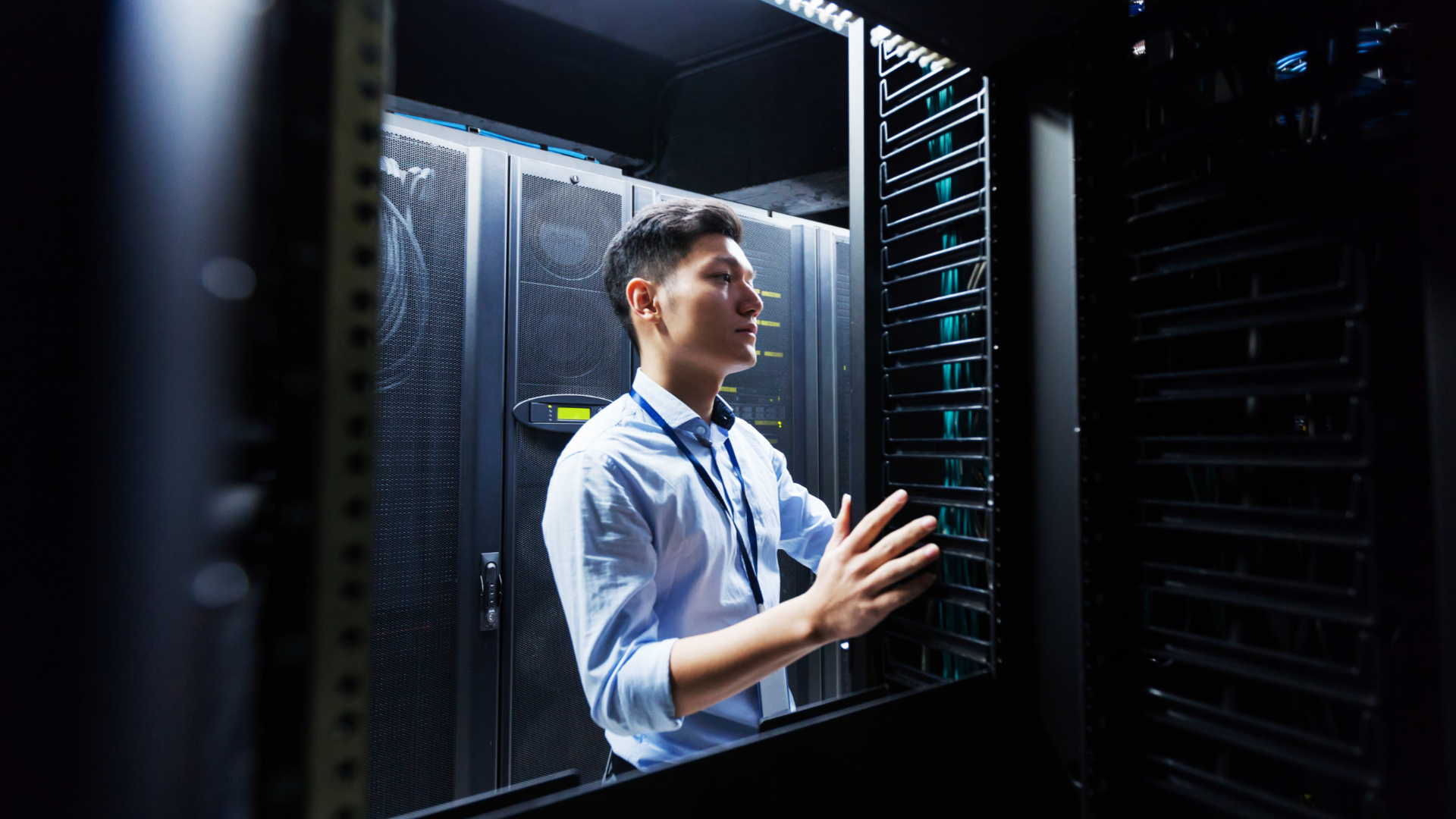Whose Responsibility is to deliver Sustainable Computing Power: Data Centres or End Clients?

As our world becomes more data-driven, one question is growing harder to ignore: Who is truly accountable for the energy consumed by that data? Is it the Hyperscalers hosting the workloads, or the organisations running them?
Data Centres Are Booming, But so are Emissions…
Global electricity usage by data centres is rising sharply. According to Nature, it’s projected to nearly quadruple by 2030, surpassing 1,000 TWh annually, with the US and China expected to drive almost 80% of that growth.
This surge is driven by the rapid expansion of AI, the shift to cloud infrastructure, and an increasingly digital global economy. While this progress fuels innovation, it also brings serious environmental implications.
Nature Portfolio recently shared a graph predicting the rising Energy Consumption per Region between 2020 and 2030, which highlights the increasing demand for renewable energy.
Not every company has the financial capacity to procure PPAs from renewable IPPs, making it more critical than ever that energy infrastructure and innovation keep pace with technological advances.
Through recent conversations, it is clear that not all organisations have access to granular Scope 3 Emissions Data from their Hyperscalers, and there appears to be a lack of priority for the increased emissions as companies procure more energy and power to deliver innovation at enterprise scale.
Out of Sight, Out of Mind? As organisations migrate infrastructure to cloud providers, it’s easy to assume that energy efficiency becomes someone else’s concern. But as more companies are required to report their Scope 3 emissions, including those generated by Theri Cloud Providers/Hyperscalers, that assumption no longer holds up.
Yes, many cloud providers make public commitments to renewable energy or carbon neutrality. But in reality, the picture is more complicated. Renewable energy is not always available when computing demand peaks. And without real-time visibility into energy sources or carbon intensity, end users are often left in the dark when trying to make responsible digital decisions.
Encouragingly, Amazon recently announced significant investments totalling $33 billion into Renewable Powered Data Centres in Australia and the US (Pennsylvania).
So, Who is Responsible? Personally, I believe both parties are.
Cloud providers have a responsibility to lead with transparency and innovation. That includes investing in cleaner energy sources, improving efficiency, and offering customers real-time insight into the environmental impact of their workloads.
At the same time, end clients must take ownership of the digital decisions they make and treat carbon on par with cost when making strategic and transformational decisions.
AI presents powerful opportunities to reshape operations and customer experience. However, as we scale innovation, we must do so responsibly, making informed choices and ensuring sustainable energy use.
At XPS, we support clients at the intersection of ESG, technology, and supplier accountability, with a clear passion for enabling sustainable innovation. Whether you're mapping emissions or embedding sustainability into digital decision-making, we'd welcome the opportunity to connect, share insights, and learn more about your current approach and to help leverage the power of FinOps & GreenOps into your Innovation Roadmap.




